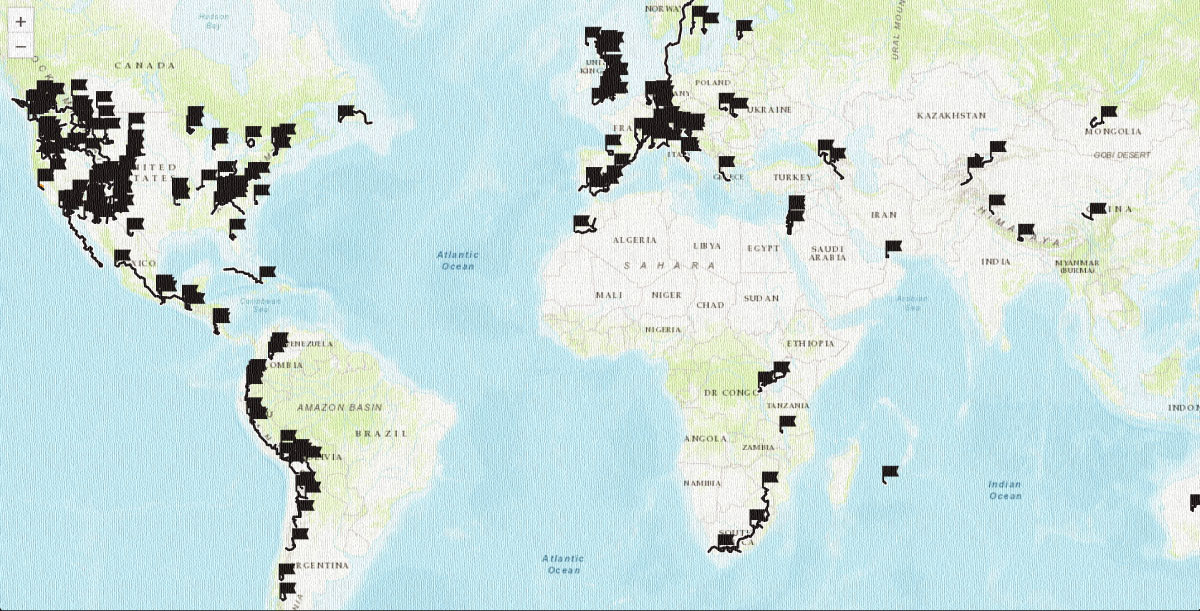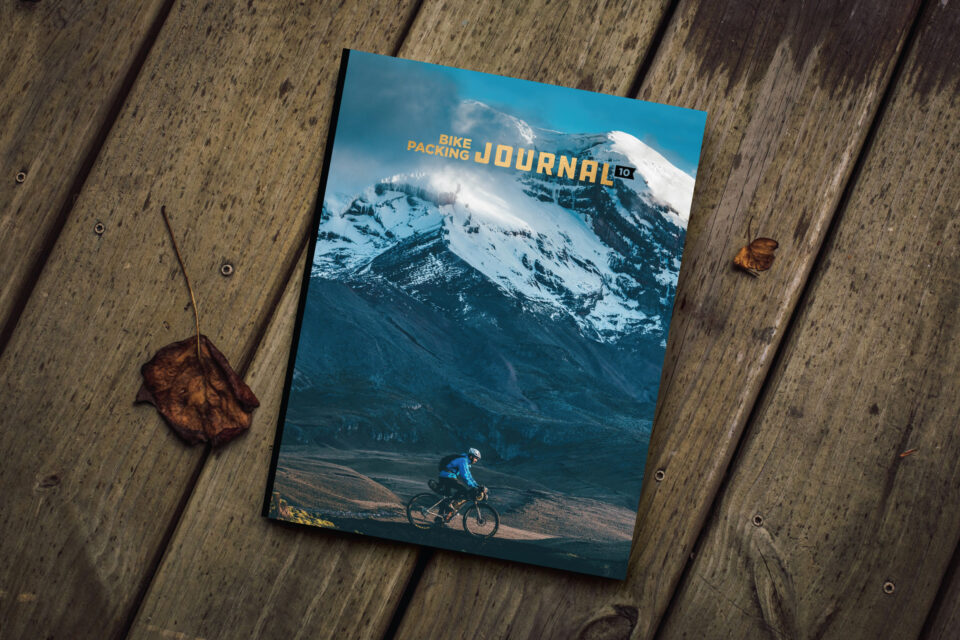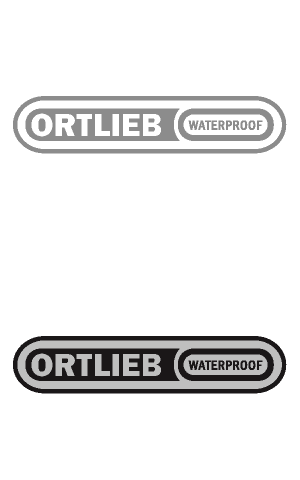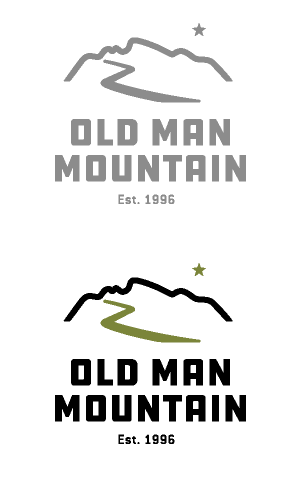Route Difficulty
Our Ratings Scale
1. Technical Difficulty
This metric is used to define the technical nature of the surfaces found on route. For example, a route with a technical rating of 1 to 3 might be mostly smooth, graded gravel with the occasional obstacle or loose section. A route rated 4 to 7 on this scale may have more varied surfaces with uneven dirt roads, off-camber areas, relatively non-technical singletrack, or a few challenging obstacles. On a route with a technical rating of 8 to 10, you might expect steep riding, exposure, hike-a-bike, and rocky, rooty technical singletrack with obstacles.
2. Physical Demand
This metric defines the strenuousness of the route. Routes with relatively flat and easy terrain will have a rating from 1 to 3, whereas hillier or mountainous routes with occasional long climbs might come with a 4 to 7 physical demand rating. Rides with regular steep grades, relentless climbing, and those at high elevations might receive 8 to 10 in this category.
3. Resupply and Logistics
The physical and technical difficulty ratings of a route are important considerations. However, these numbers leave out several critical factors that shouldn’t be ignored. For example, some routes might be relatively flat and smooth, but still be remote, long, or devoid of resupply options. The resupply and logistics metric factors in the ease of resupply, water availability, transport to and from the beginning or end, and the total length of the route, among other logistical challenges.
Note that all of these metrics are subjective and can change based on weather, time of year, individual fitness and abilities, and other such environmental factors. For example, some routes may be much more challenging at certain times—such as clay roads (aka “death mud”) that can stop you in your tracks when wet. Do your own due diligence and research before setting out on any of the routes listed on this website.




















